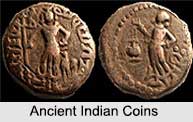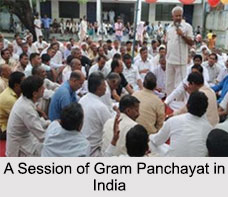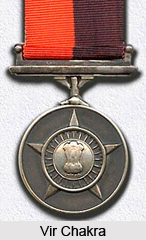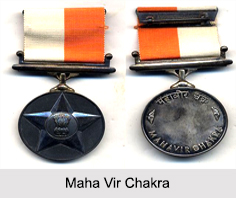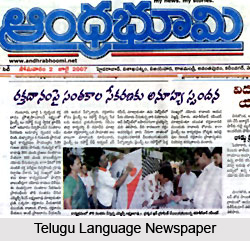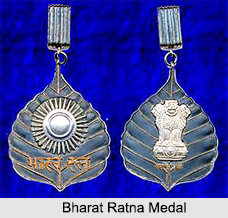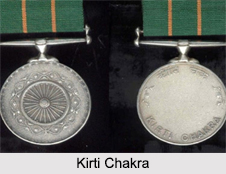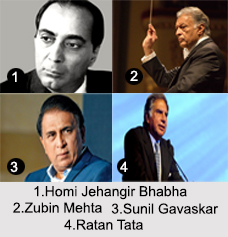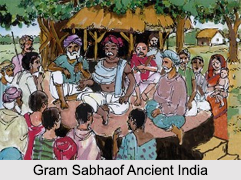 In the Indian Administrative System in ancient period, different systems of administration are found to have existed at different periods. The earliest reference can be traced to the Indus Valley civilization. From excavations, scholars have come to the conclusion that government in Mohenjodaro and Harappa was systematic. In the Indus Valley civilization there can be found planned roads and drainage which shows that in cities there existed a municipal government which looked after the needs and made systematic arrangements for the cities. Moreover, the entire area covered by the civilization contained one type of house, a common system of weights and measures and a common script.
In the Indian Administrative System in ancient period, different systems of administration are found to have existed at different periods. The earliest reference can be traced to the Indus Valley civilization. From excavations, scholars have come to the conclusion that government in Mohenjodaro and Harappa was systematic. In the Indus Valley civilization there can be found planned roads and drainage which shows that in cities there existed a municipal government which looked after the needs and made systematic arrangements for the cities. Moreover, the entire area covered by the civilization contained one type of house, a common system of weights and measures and a common script.
Administration in Vedic Period
The Indus Valley civilization was followed by the Vedic period. In the Rig Vedic period administrative units were known as `Kul,` `Gram` and `Vish`. Gram or the village consisted of the neighboring households. In the political system of the Rig Vedic period the smallest unit was the family. The eldest person in the family became its head. The village consisted of a group of families. The head of the village was known as `Gramini` who acted as the administrative head. A group of villages was known as the `Vish` and its head was `Vishpati`. Numerous `Vishas` constituted a `Jan` whose key officer was known as `Gopa`. This was an important office and usually the king himself became the `Gopa`.
Government in the Rig Vedic period was monarchical. The office of the king was hereditary. But the kings were not despotic and they had to take an oath at the time of coronation to work in the interest of the people. The king as well as his subjects were bound by `Dharmas` or rule of law which was a code of duties. To assist the king in administration there were various officers. There is also a mention in Rig Vedic period of two democratic bodies known as the `Sabha` and the `Samiti`, which controlled the king. The `Sabha` was an elite institution and worked as the council of elders while the `Samiti` was a public body.
Administration in Post-Vedic Period
This period witnessed the rise of powerful kingdoms. There was an increase in the number of officers assisting the king in the administration. The chief of such council was known as the `Mukhyamatya`. There existed as in the previous period `Sabha` and `Samiti` as institutions to limit despotism of the king. The responsibility of local government was entrusted to a special minister. The head of judicial administration was the king himself who was assisted by other officers.
Administration in Epic Period
Epic period refers to the time of the two great Indian epics, the Ramayana and Mahabharata. In the Ramayana period the form of government was monarchical. Administration was sufficiently developed. The head of administration was the king. To advise him in matters of the state and government, there used to be ministers and councillors. During the Mahabharata period the state has been called `Saptanghi` and the principal form of government was monarchy. From the point of view of administration there used to be a council of ministers and officers.
Administration in Buddhist Period
After the Battle at Kurukshetra, large empires began to fade away and several republican states, `Mahajanapadas`, emerged. Sixteen Mahajanapadas including Kasi, Kosala, Kuru, Anga, Avanti and Gandhara came into being. In the republics the real power belonged to `Sabhas` which included the common people as well as the elite. The king was the head of the republic and was elected for a fixed period and was accountable for his action to the council or `Sabha.`
Administration in Gupta Period
The Gupta kings built their administration on the institutions inherited by them but made certain suitable changes. The Gupta kings administered their huge empire, both in the centre and the provinces, in a systematic manner. This period followed monarchical form of government and the king was assisted by a council of ministers. The entire central administration was organized into departments which were managed by various officers. The empire was divided for the sake of administrative convenience into provinces which were divided into regions which were further divided into `Vishyas`. The smallest administrative unit was the `Gram` which was headed by the `Gramin` and there was `Gram Sabha` to assist him.
Administration in Rajput Period
The prevalent form of government during this period was monarchical and to assist the king there used to be a council of ministers. The state was divided into smaller units, the biggest of which was `Prant`. It should be noted that during this period the popular control over the Gram Panchayat had decreased and their importance was reduced.







